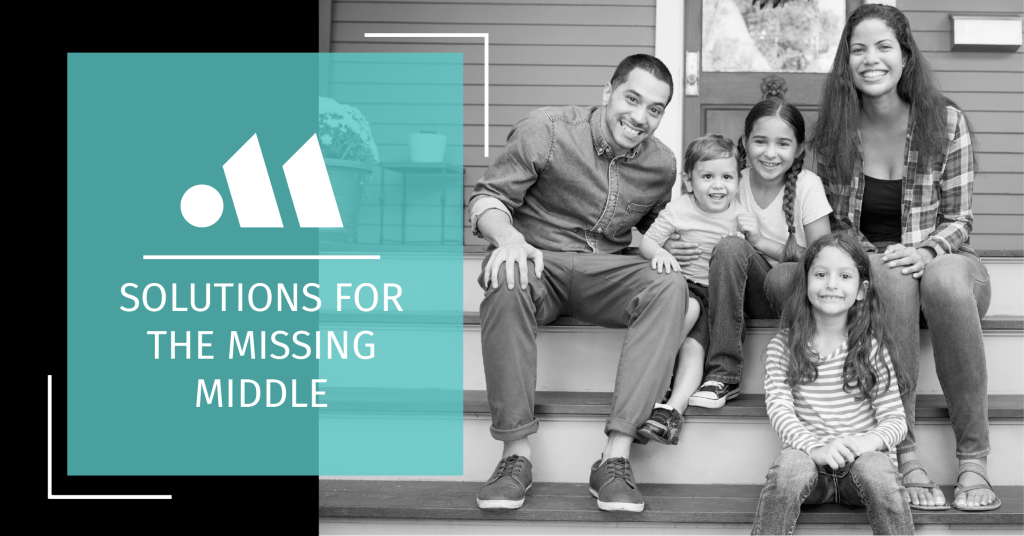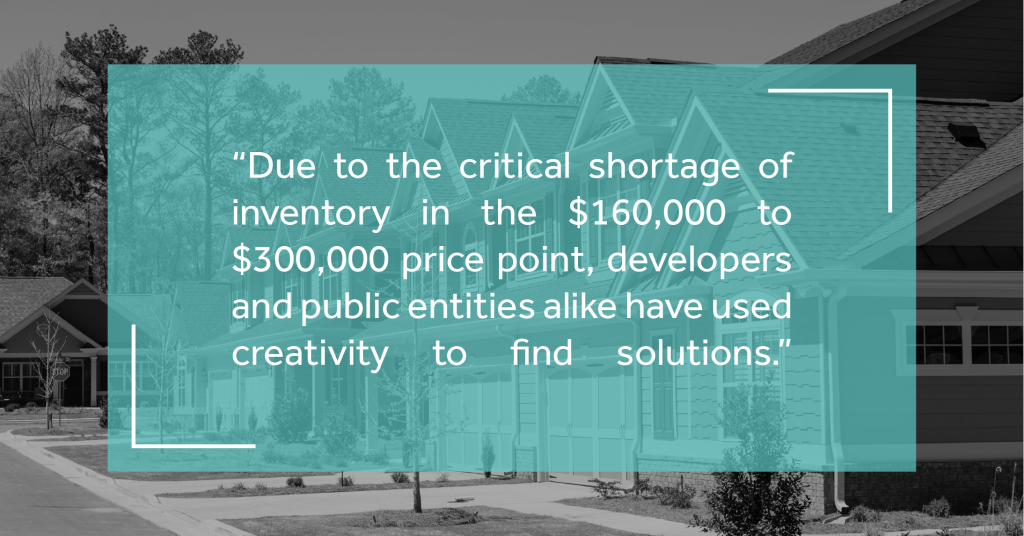
Monta Consulting & Design previously provided insight on the housing shortage crisis. One particular group known as the “Missing Middle” is feeling the shortage more so than other demographics. Continue reading to learn who the missing middle is, solutions to mitigate the crisis, and what you can do to advocate for change.
Who are the Missing Middle
The ” missing middle ” is a specific demographic defined as those who earn from 80%-120% of the Area Median Income. The area median income differs amongst geographic regions published by HUD each year. The figures derive from U.S. Census data and projections for annual inflation. To learn more about your region’s Area Median Income, visit HUD’s income limit calculator.
Because Monta Consulting & Design serves a large market in Florida, we will examine the figures in the greater Orlando region. The average median income for a family in Orange County, FL, is $70,800 annually. Therefore, the missing middle in this region earns anywhere from $56,640 to $84,960. Almost 60% of American households earn at or below this income threshold. We all likely know a teacher, police officer, or friend who falls into this category- or you may be in this situation yourself.
When comparing the income thresholds to the median value of an owner-occupied home, it becomes evident how this demographic has very few housing options. The mortgage and rent thresholds based on 30% for the missing middle are between $1,416 through $2,125 a month. In Orange County, FL, the median listing value is $369,000, and the median rental price is $1,730. Based on median market prices, the monthly living expenses are between $1,730 and $1,815 a month. There is a significant deficit between cost of living and wages, and these figures do not account for additional expenses that a family may have. How do we change the narrative for the missing middle?
Design Solutions for the Missing Middle
As discussed in our previous issue, the philosophies of New Urbanism when master planning a community provide more affordable options. Increasing density is one of the key principles that result in price reduction while appeasing the developer and the tax revenue requirements for the local jurisdiction. In addition, the costs of infrastructure and maintenance are reduced over the communities lifetime, keeping the product more affordable for the long haul.
Although New Urbanism aims to provide diversity in housing options within the same community, specific product types could immediately help reduce the shortage and deficits. They include but are not limited to duplexes, triplex or fourplex, apartments, bungalows, townhomes, mixed-use, and midrise. Unfortunately, many of these product types went undeveloped during the era of suburban sprawl, leaving a shortage in today’s market.

Fiscal Solutions for the Missing Middle
Due to the critical shortage of inventory in the $160,000 to $300,000 price point, developers and public entities alike have used creativity to find other solutions. Typically, government subsidies and incentives were reserved for “low-income” only (those making under 50% AMI). However, many local jurisdictions are now providing relief after realizing that a large majority of the missing middle is also their workforce.
Most jurisdictions in Florida have a review council that expedites permits. Some incentives throughout central Florida include reducing impact and regulatory fees for qualifying developments. For example, Monta Consulting & Design is currently working on a mixed-use project in Orange County, FL. The developer will be granted a tax credit for building a specific residential density at a pricepoint to serve the missing middle. Many local governments are also examining restrictions required by building codes, such as impervious space ratios, set back requirements, and minimum square footage, to encourage the development of more affordable products.
Some developers specialize in land trusts which allow a buyer to purchase a home without the value of the land. Essentially it is a land lease with the developer for 99 years. The sale price is for the construction value of the home only. A non-profit entity usually acquires the land through public/private partnerships or fundraising and donations for this model to work. The buyer can then enter homeownership at a lower price point while still building equity in the home itself.
MCD as a Solution
The need for missing middle solutions will continue to evolve as the demand grows. Monta Consulting & Design works with both developers & public entities to provide designs that meet their needs and the buyer’s demands. If you are interested in pursuing development to serve the missing middle market, contact our team of experts today.




